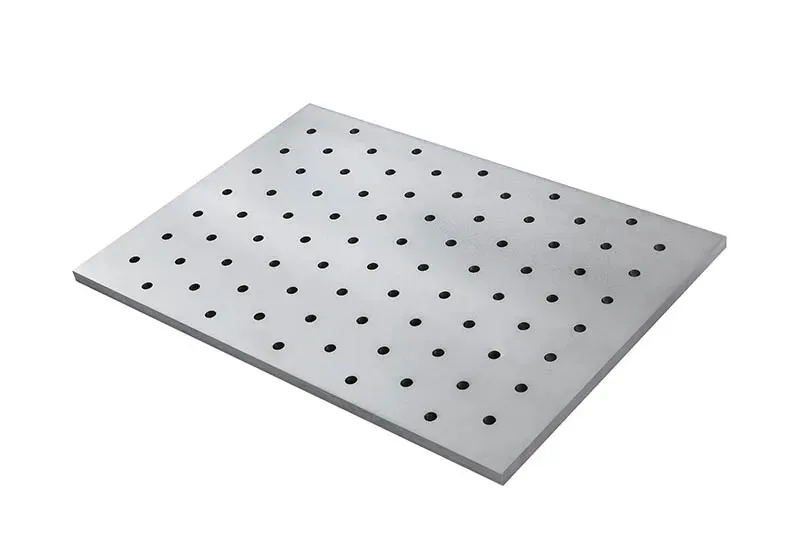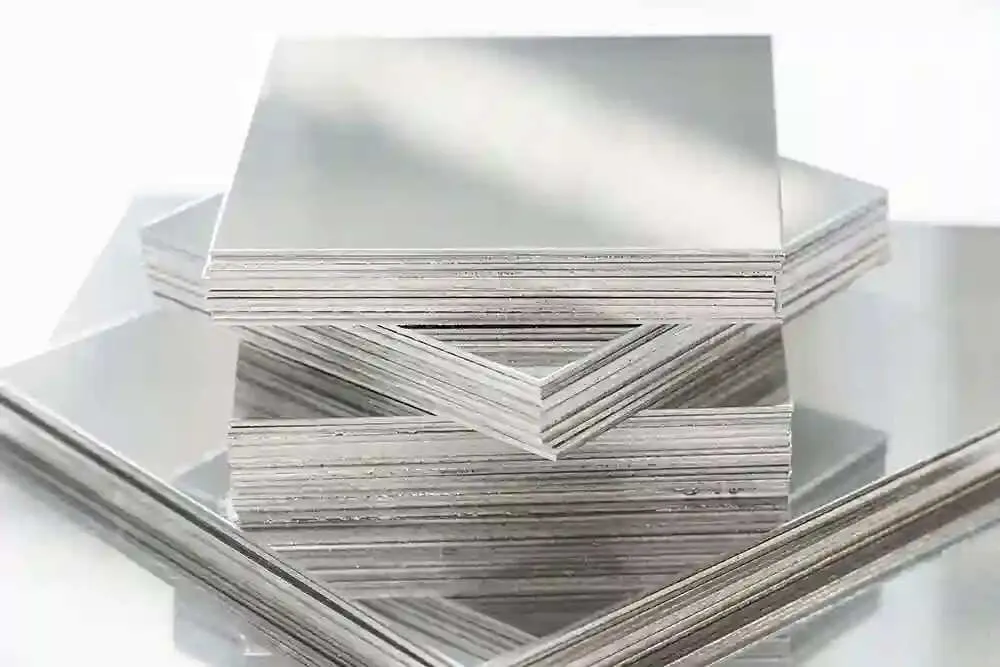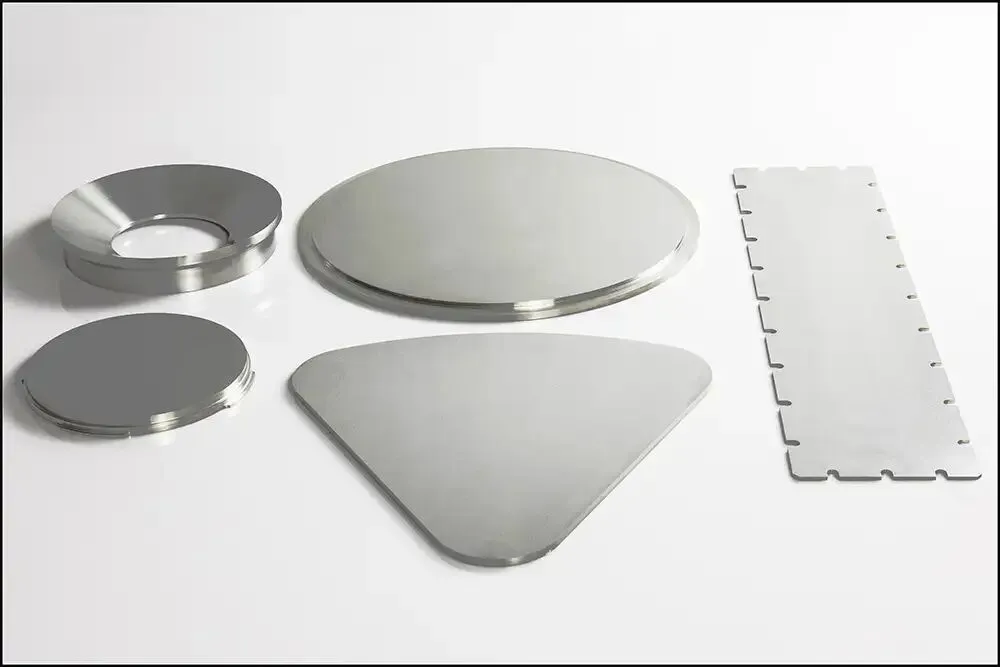In the world of high-performance materials, tungsten stands out for its exceptional strength, high-temperature resistance, and high density. For industrial applications requiring these critical properties, tungsten plate is an indispensable choice. However, to fully realize the potential of tungsten plate, it's crucial to understand the complexities of its thickness and size.
This ultimate guide will delve into tungsten plate thickness and sizes to help you make an informed choice for your specific application.
Why are the thickness and size of tungsten plates so important?
The thickness and size of tungsten plates directly impact their performance and applicability. Improper specifications can lead to the following problems:
Inadequate performance: Too thin a tungsten plate may not withstand the required stress or thermal load.
Cost: Too thick a tungsten plate may exceed actual requirements, resulting in unnecessary material costs.
Processing difficulties: Inappropriate dimensions can increase the complexity and cost of subsequent processing.
Application limitations: Specific applications may require strict tungsten plate dimensions and tolerances.

Tungsten plate thicknesses range from extremely thin foils to thicker plates to meet a variety of industrial needs.
1. Thin tungsten plate/foil:
Thickness range: Typically between 0.05 mm and 0.5 mm.
Key features:
Extremely thin and lightweight: While maintaining all of tungsten's excellent properties (high density, high melting point, etc.), it achieves material flexibility. It can be wound or bent to a certain degree, similar to paper (although there is still a risk of springback and cracking). Excellent heat dissipation and thermal compatibility: Due to its thinness, it offers excellent in-plane thermal conductivity and near-perfect thermal expansion matching with silicon chips, making it an ideal material for the semiconductor industry.
Highest processing difficulty: This is its most significant characteristic. It is extremely fragile at room temperature, and even the slightest inappropriate stress can cause tearing or cracking. Secondary processing, such as stamping and bending, must be performed under heated conditions (hot stamping) by experienced technicians.
Main Applications:
Semiconductor Industry: Heat sinks and sputtering target backing plates in wafer manufacturing and packaging.
Medical and Nuclear Industry: High-precision radiation collimators and slit shielding in equipment such as CT scanners and PET detectors.
Aerospace: Used as a shielding or reinforcement layer for high-performance composite materials.
Vacuum Electronics: Heat dissipation and support components in devices such as traveling wave tubes.
2. Medium Thickness Tungsten Sheet:
Thickness Range: 0.5 mm to 5 mm.
Key Features:
Performance Balance: Optimum balance between weight, strength, processability, and cost. It possesses a certain degree of rigidity while being easier to cut and machine than thicker plates.
Good Machinability: It can be processed relatively precisely using conventional methods such as wire cutting, grinding, and drilling, creating complex part shapes.
Limited Formability: While stronger than tungsten foil, sharp-angle bending or deep drawing at room temperature is still very difficult and risky. Heating is usually required for forming.
Main Applications:
Welding and Cutting: TIG/GTAW welding electrodes are the largest application.
High-Temperature Furnaces: Used as heat shields, reflective screens, sintering trays, and heating element components.
Radiation Shielding: Used in the manufacture of shielding blocks, containers, and collimator inserts of various sizes.
Electronics and Electrical: Bases and heat sinks for high-power semiconductor devices.
Chemicals and Wear Resistance: Used as corrosion-resistant container linings and wear-resistant plates.
3. Thick Tungsten Plate:
Thickness Range: From 5 mm to tens of millimeters.
Key Features:
Excellent Structural Integrity and Shielding Capability: Provides unparalleled mechanical strength and stability, capable of withstanding extremely high loads. It provides the best shielding effect against high-energy radiation (such as high-energy X-rays and gamma rays used in radiotherapy).
High internal quality requirements: Improper process control during thick plate preparation (such as forging and rolling) can easily lead to defects such as internal voids and structural inhomogeneities. Therefore, high-quality thick plates typically require a powder metallurgy + forging process to ensure high density.
Processing challenges lie in size and weight: Processing processes (such as milling and drilling) are time-consuming and energy-intensive, requiring heavy equipment. The significant weight requires special planning for handling and installation. Internal processing stresses are also greater, requiring appropriate stress relief annealing.
Main Applications:
Medical radiotherapy equipment: Core shielding blocks and collimators used to shield radiation sources in large equipment such as gamma knives and linear accelerators.
Heavy industrial counterweights: Applications requiring high-density counterweights in aerospace (such as aircraft trim), racing cars, and ships.
High-temperature structural parts: Used as structural supports in the hot zone of high-temperature furnaces and as crucibles for melting metals under vacuum or inert atmosphere. Nuclear Fuel Processing: Used for shielding and structural components during nuclear fuel processing.
In addition to thickness, the length and width of tungsten plate are also important considerations.
1. Standard Sizes:
To facilitate production and application, many tungsten plate suppliers offer a range of standard sizes. These sizes may vary by supplier and region, but generally reflect common industrial requirements. For example, some common standard widths may include 100mm, 200mm, and 300mm, while lengths can range from a few hundred millimeters to thousands of millimeters.
2. Custom Sizes:
For specialized applications, custom-sized tungsten plate is a common requirement. Suppliers can precisely produce tungsten plate based on detailed drawings and specifications provided by the customer. This may include:
Specific lengths and widths: This minimizes material waste and subsequent processing.
Complex Shapes: Tungsten plate can be fabricated into complex, non-rectangular shapes using laser cutting, wire EDM, or CNC machining.
Tight Tolerances: Precision applications may require tighter dimensional accuracy than standard tolerances.

Choosing the optimal tungsten plate thickness and size requires considering the following factors:
1. Application Environment and Functional Requirements:
Temperature: Will the tungsten plate need to operate in extremely high temperatures? Material strength and stability at high temperatures are crucial.
Mechanical Loading: How much stress, pressure, or impact will the tungsten plate be subjected to? This determines the required strength and stiffness.
Radiation Shielding: If used for radiation shielding, the required thickness will depend on the type and energy level of radiation.
Electrical Properties: Is good electrical conductivity required?
2. Strength and Stiffness Requirements: The required mechanical properties for the application determine the minimum thickness requirement. Plates that are too thin may deform or fail under stress.
3. Weight Constraints: Some applications, such as aerospace, have strict weight constraints. While tungsten has a high density, optimizing thickness can help maintain performance while controlling overall weight.
4. Cost-Benefit Analysis: Select the most economical thickness and size while meeting all performance requirements. Customized sizes can reduce material waste, but may result in higher machining costs.
5. Machinability: Consider the need for subsequent machining (e.g., cutting, drilling, welding). Thicker tungsten plates may require more specialized machining equipment and techniques.
6. Tolerance Requirements: For precision components, the required dimensional tolerances must be clearly defined. The manufacturer's production capacity and quality control directly impact the accuracy of the final product.

Tungsten plate production processes primarily include powder metallurgy, sintering, and rolling/forging. These processes significantly impact the thickness, dimensional accuracy, and mechanical properties of the final product.
Powder metallurgy and sintering are the foundation of tungsten plate production, enabling the creation of billets with specific density and grain structure.
Rolling and forging: Repeated cold or hot rolling processes are used to achieve the desired thickness and enhance the density and strength of the tungsten plate. These processes also determine the plate's surface finish and dimensional accuracy.
Selecting the appropriate tungsten plate thickness and size is crucial to ensuring the success of your industrial application. By carefully evaluating your specific needs and working with a professional tungsten material supplier, you can find the tungsten plate product that best meets your project requirements. Whether you require ultra-thin tungsten foil for electronic devices or thick tungsten plate for high-strength structures, understanding these key parameters will assist you.
Share this page
If you have any product needs or questions, please leave us a message for consultation.
TEL: 86-18623759992
jason@bettmetal.com
Innovating Materials
for a Brighter Future